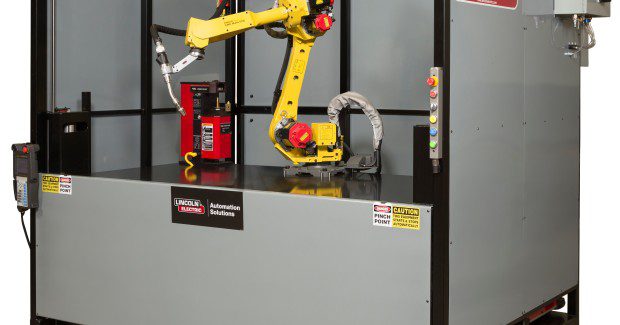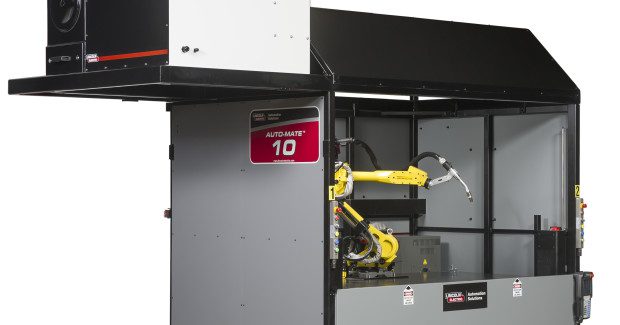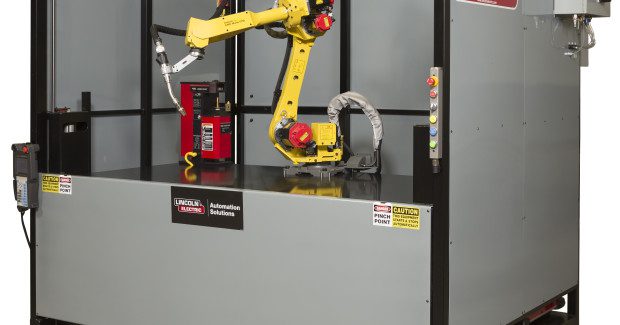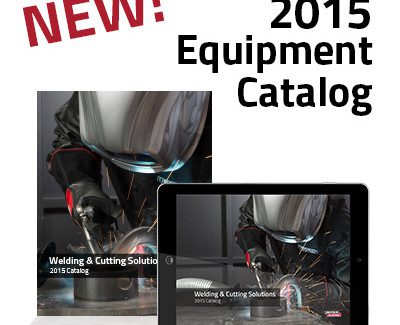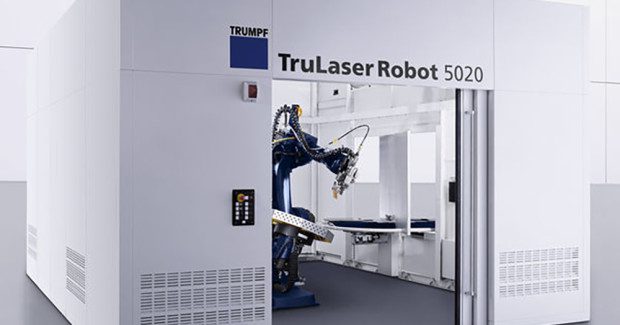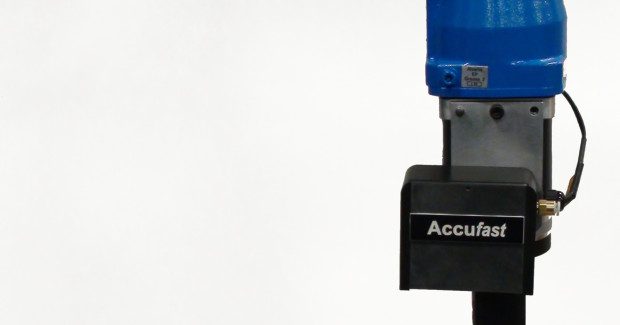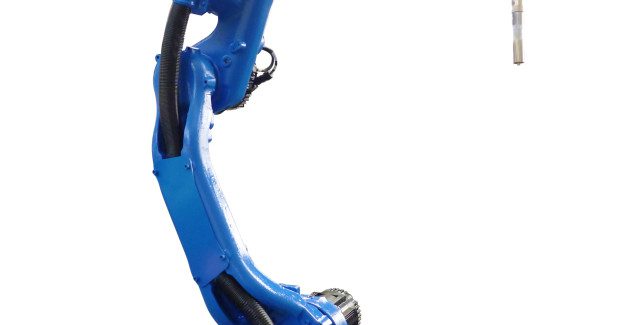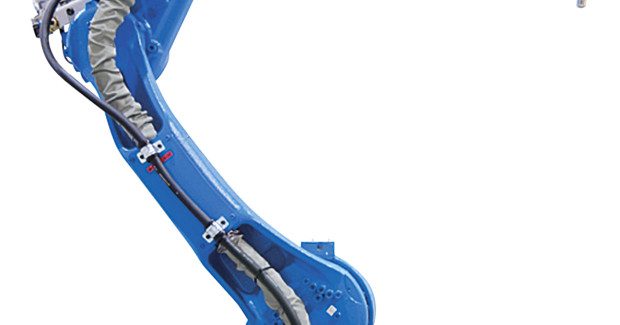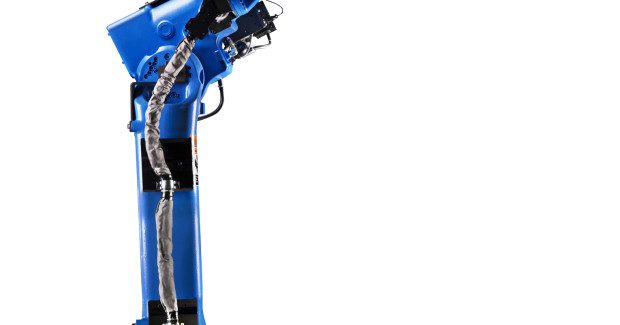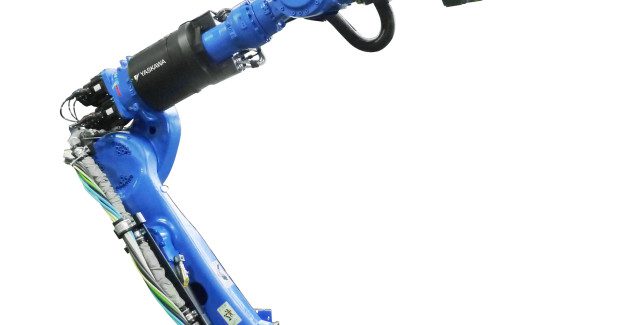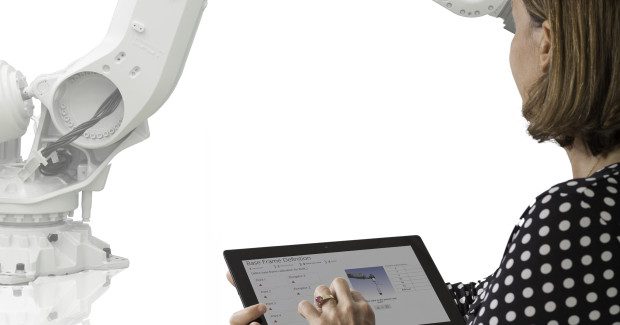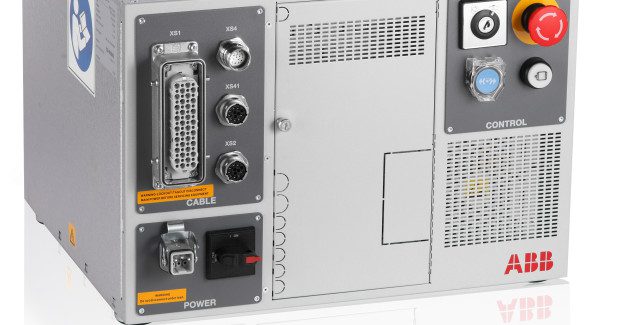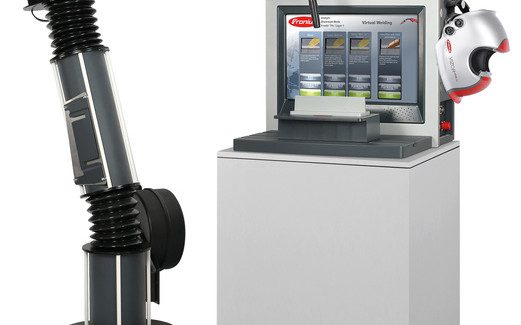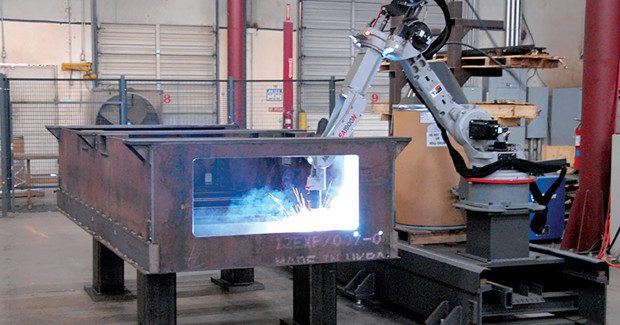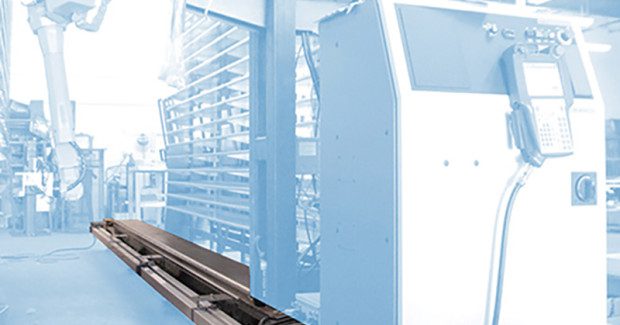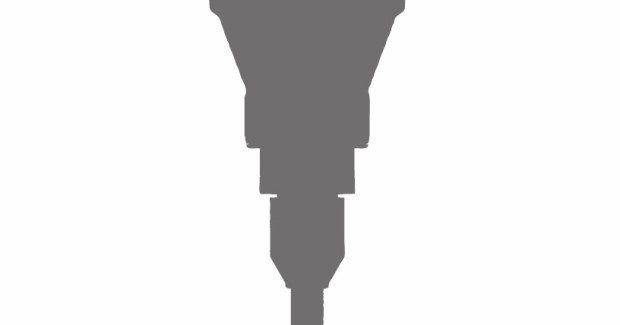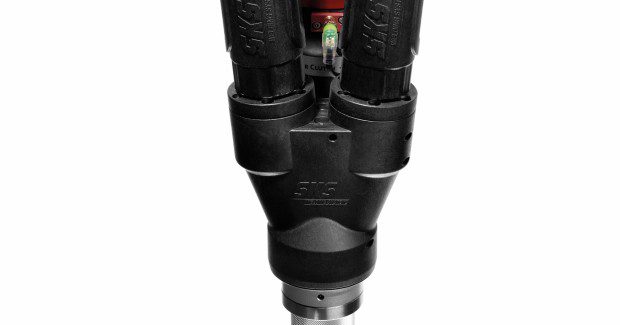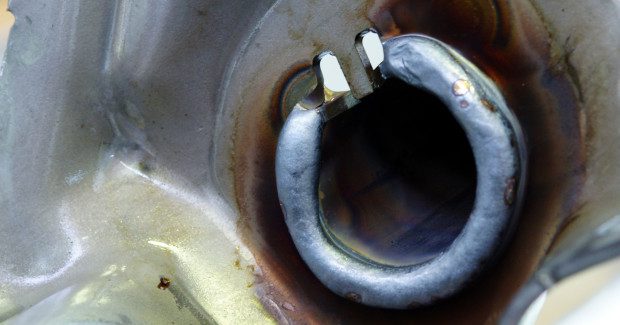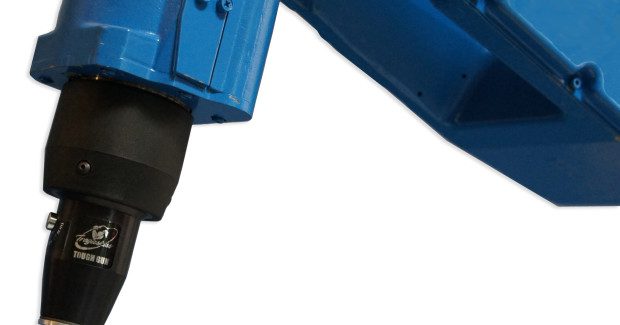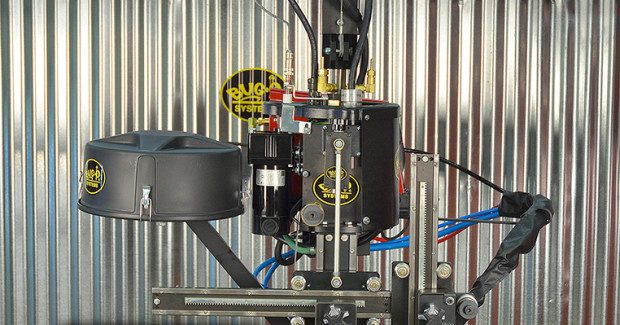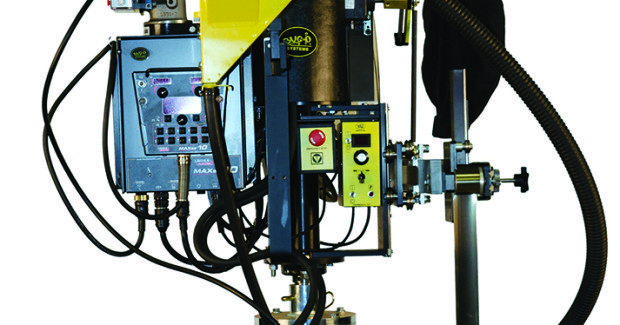Welding Automation
Here are some of the new automation solutions that are helping shops make their welding operations more productive and profitable.
Posted: February 27, 2015
ADVANCED SUBMERGED ARC PROCESS CONTROL FOR CIRCLE WELDING
Bug-O Systems (Canonsburg, PA) has released a new line of Circle Welder Systems for Digitally Controlled Welding Power Sources. For the first time, all digital control signals can now be passed to a continuously turning wire feeder for high efficiency submerged arc, thick wall, nozzle-to-vessel welds. Now you can have all the power and arc characteristics that the new digital control power sources can deliver, along with no hose or cable wrap-up regardless of direction or rotation.
Bug-O Systems, 161 Hillpointe Drive, Canonsburg, PA 15317, 800-245-3186 x1940, Fax: 412-331-0383, [email protected], www.weld.com.
EXTENSIVE ROBOT CONTROLLER SOFTWARE
ABB Robotics – North America (Auburn Hills, MI) introduces RobotWare 6, the latest version of its robot controller software that affords manufacturers greater flexibility and reliability, with an extensive toolbox for developers and a broad range of communications capabilities. The enhancements improve the programming and control of robotic systems and equipment, without sacrificing ABB’s unique brand of motion control and safety. RobotWare 6 comes with improved installation features, including “Installation Manager,” highlighted by a flexible application licensing mechanism for developers, and a new and intuitive user interface that vastly improves robot set-up time and system reconfiguration.
“We have always taken pride in the power and flexibility of our RAPID programming language,” said Nick Hunt, a product technology manager at ABB Robotics. “Now with this release, programmers have an even more impressive palette of RAPID design tools and sensor interface capabilities at their disposal.”
Another new, powerful feature found in RobotWare is “Externally Guided Motion” (EGM), which, with the aid of external sensors, provides operators with more precise control over robot motion. The new functionality also allows integrators to further optimize cell design and production flows. The sensors provide the ability to input absolute positions, and to modify the robot’s path. Paths can be updated every four milliseconds with a controller lag of between eight to 20 milliseconds, depending on the type of robot. With the RobotWare 6 upgrade, installation time is shorter, jogging is more responsive, and restarts are quicker, all combining to provide improved productivity.
ABB has also unveiled the second generation of its IRC5C compact controller, now up to 25 percent smaller than the original compact model and 87 percent smaller than the standard cabinet controller. A full-fledged member of the IRC5 family of industrial robot controllers, the IRC5C comes equipped with the majority of the functionality and benefits of its larger counterpart, with a compact footprint of 310 mm H x 449 mm W x 442 mm D (12.2 in H x 17.7 in W x 17.4 in D).The new IRC5C also comes equipped with an enhanced operator panel, and improved cable connections for easier access and use. There are now, for example, external connectors for all signals, and a built-in, expandable 16-in, 16-out I/O system.
“The design team has delivered a more compact IRC5C, with many significant accessibility improvements and a more powerful CPU,” noted Nick Hunt. “Users of our smaller robots will benefit from easier integration and exceptional versatility, while saving valuable space without sacrificing performance.” Despite its small size, the IRC5C retains the superior motion control of the IRC5, featuring TrueMove™ and QuickMove™, central to robot accuracy, speed, cycle-time, programmability and synchronization with external devices. The controller also makes it exceptionally easy to quickly integrate additional hardware and sensors, such as Integrated Vision.
ABB Robotics – North America, 1250 Brown Road, Auburn Hills, MI 48326-1507, 248-391-9000, www.abb.com/robotics.
WELDING TRAINER FOR ROBOT PROGRAMMERS
Virtual Welding Robotics by Fronius International GmbH (Pettenbach, Austria) is now available to instructors to assist the training of robot programmers. Thanks to this simulation platform, trainees from the field of robotic welding can now get even closer to the action without the limitations imposed by safety devices or missing welding equipment.
The system shows the user whether they have programmed the robot correctly or if the welding torch was handled in the right way. A virtual instructor provides specific instructions as to which corrective movements should be made if the system identifies deviations from the ideal torch guidance. In a subsequent simulated step, the weld seam can be illustrated to visually assess the welding result. The data gathered in the training session can be saved to document progress and stored for further analyses. As such, robot programmers can quickly develop a greater sense of the effects of their programming actions and understand how robotic movements affect the welding result.
Virtual Welding Robotics provides further education and training centers with an efficient and convenient way of giving robot programmers a basic understanding of the requirements of robot-assisted welding without having to procure the production equipment. Thanks to the system, carrying out training in a normal classroom environment is possible. The only prerequisite is a functioning robot. Other components of the system are a computer-based training device featuring an integrated touchscreen, a realistic welding torch and dummy workpieces for a wide range of weld seam profiles and welding positions.
In the training sequence, the welding simulator constantly monitors the position of the welding torch on the robot arm, while the robot executes the taught-in movement. The “Ghost” virtual instructor continuously provides visual and acoustic information on the welding speed, the distance to the workpiece (dummy) and the tilt angle of the welding torch that has to be maintained. Deviations from the ideal values are indicated in yellow or red, following the traffic-light system.
The entire welding sequence – including correction notes – is recorded and made available for playback, allowing the trainees to analyze the welding process together with the instructor and come up with ways to optimize the robot programming. All results are automatically backed-up and archived, protecting against data loss. Simultaneously, the archived data can be called up at any time for the purposes of documentation and verification. In a second step, the weld seam and spatter can be visualized after completing the programmed deployment of the robot torch, thanks to the simulator. In doing so, filling volumes and the position of the weld seam on the component are shown. As such, an informed decision can be made as to whether an additional cover seam is required, for example, before transferral to a real workpiece.
Virtual Welding Robotics is therefore the perfect companion to the existing Virtual Welding simulator for teaching manual gas metal arc and/or MMA welding. By recreating the real welding process, the system helps to save significant amounts of material, energy and training time.
Fronius International GmbH is an Austrian company with headquarters in Pettenbach and other sites in Wels, Thalheim, Steinhaus and Sattledt. With 3,344 employees worldwide, the company is active in the fields of welding technology, photovoltaics and battery charging technology, with 1,008 granted patents. Around 92 percent of its products are exported through 20 international subsidiaries and sales partners/representatives in over 60 countries.
Fronius USA, LLC, Welding Technology Division, 10421 Citation Drive, Suite 1100, Brighton, MI 48116, 810-220-2769, Fax: 810-880-4424, www.fronius.com.
ROBOT SLIDER FACILITATES WELDING APPLICATIONS
MultiCam® Inc. (Dallas, TX), a global CNC cutting system manufacturer, designed its Robot Slider for the rough environment of robotic welding. It’s also ideal for high-speed, high-velocity, medium-duty pick-and-place applications, painting and other related activities. At 14 in tall along the track, the sleek, low-profile system is easy to step across. The robot track features a 35 mm precision linear guide rail. Its precision-ground helical rack can support multiple trolleys up to 2 m long and equipment weighing up to 10,000 lb.
MultiCam used state-of-the-art 3D modeling software to design the Robot Slider and tested it with Finite Element Analysis (FEA) before releasing it to production. The frame is a stress-relieved, precision-machined weldment featuring only the best components. It is assembled with a hypoid beveled-gear precision planetary gearbox, automatic lubrication, integrated over-travel-limit switches, integrated lifting eyes, heavy-duty mechanical hard safety stops and leveling feet that anchor to the floor easily. Optional tread plate covers protect precision components from splatter during welding operations. Modular design allows for extended lengths. The Robot Slider is available with quiet e-chain or conduit rail (bus bar) connectivity to extend the robot track by 1 m increments. Inner dimensions are 9.84 in wide by 2.2 in high.
Since 1989, MultiCam has manufactured thousands of CNC router, laser, plasma, waterjet and knife cutting machines at its 135,000 sq ft facility in North Texas. Its global network of experts includes 70 MultiCam Technology Centers worldwide, with 20 across North America.
MultiCam, Inc., 1025 West Royal Lane, DFW Airport, Texas 75261, 972-929-4070, Fax: 972-929-4071, www.multicam.com.


